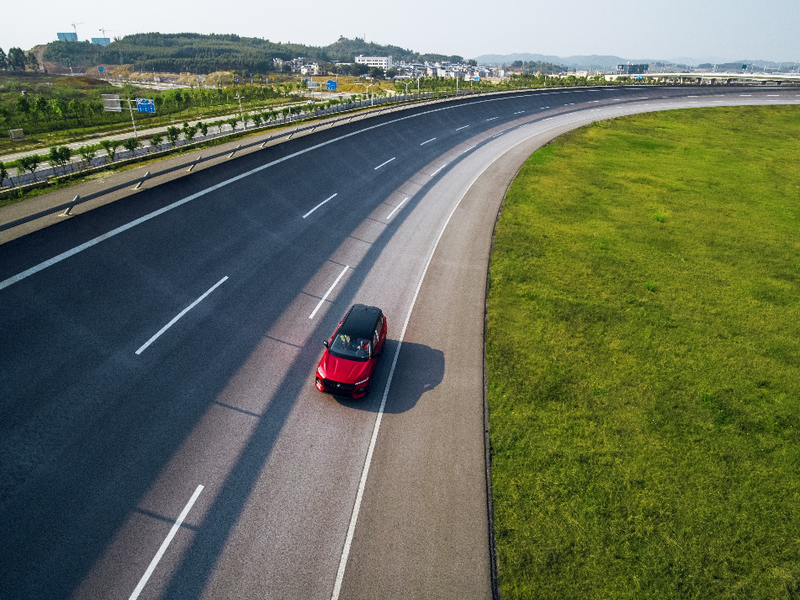
New-vehicle sales in China declined 18 percent to 1.94 million in January as the early Lunar New Year holiday and worries over the spread of the deadly coronavirus curbed showroom traffic and dealer orders, signaling the industry’s two-year slide will continue in 2020.
The viral epidemic that spread from Wuhan in central China to the rest of the country in late January will also result in sharply lower sales in February, the China Association of Automobile Manufacturers warned in a statement Thursday.
In another sign of the market’s gloom, retail light-vehicle sales fell 22 percent to 1.71 million units, the biggest-ever drop for the month of January, the China Passenger Car Association said Thursday. The group warned that February sales may drop more than 30 percent.
January marked the 19th consecutive month industry sales have dropped in China.
The main reason behind the latest slump in volume was the weeklong Lunar New Year holiday, which ran from Jan. 24 through Jan. 30, the China Association of Automobile Manufacturers said. In 2019, the holiday was observed in February.
January new light-vehicle deliveries across China fell 20 percent to 1.61 million, CAAM reported. That’s the biggest monthly drop since January 2012.
Demand for commercial vehicles including buses and trucks dropped 5.7 percent to roughly 326,000.
With fewer working days and a steep cut in subsidies, the electrified-vehicle market kept shrinking last month, with total sales of battery-electric vehicles and plug-in hybrids nosediving 54 percent to about 390,000.
Government officials, aiming to contain the virus, extended the New Year holiday, a move that discouraged dealers from ordering cars at the end of the month as is their usual practice.
“Due to the extension of the holidays, the shortage of workers and auto parts, we predict that the production of more than 1 million vehicles will be impacted by the coronavirus epidemic,” Chen Shihua, a senior CAAM official said.
The association said last month that sales are likely to shrink 2 percent in 2020, marking a third straight year of decline.
The outbreak is exacerbating manufacturer and dealership woes in the world’s biggest light-vehicle market, which is also being hit by a slowing economy and trade tensions. Sales were heading for an unprecedented third straight annual decline even before the virus forced authorities to lock down the epicenter of Wuhan and beyond.
“We had the worst January ever in terms of retail,” said Cui Dongshu, secretary general of the China Passenger Car Association. “Pressure on retail has never mounted to such level since we started tracking the data.”
Full-year sales may decline 5 percent, provided that the virus outbreak starts to fade in April, PCA said.
In Hubei province, where the outbreak began and a major car manufacturing hub responsible for nearly 9 percent of China’s output, Dongfeng Motor Group and its partners Honda Motor Co., Renault and Peugeot have all said they are delaying the restart of production.
While factories and dealers are gradually starting to resume operations after a two-week suspension, challenges remain. A majority of dealerships remain closed this week for failing to meet government’s criteria to resume business, and inventories are at elevated levels. As of Wednesday, 59 of China’s 183 auto-industry production bases tracked by CAAM had resumed output, according to the association.
CAAM estimates the coronavirus outbreak will disrupt production of more than 1 million vehicles, it said.
Bloomberg and Reuters contributed to this report.